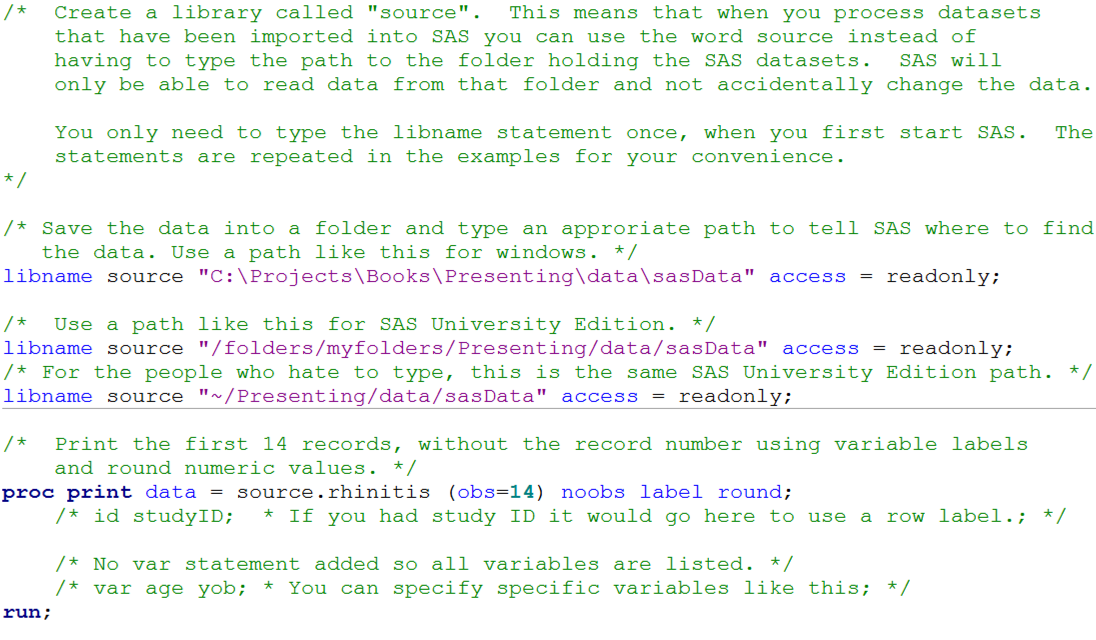

The connectivity options support an impressively diverse set of SAS configs: Windows, Unix, SAS Grid Computing, and even SAS on the mainframe! All of this is documented in the "Installation and Configuration" section of the project documentation. The configuration steps will vary depending on your SAS environment. You can use the pip installation manager to fetch the latest version: Like most things Python, installing the SASPy package is simple. It's powered by PROC HPSPLIT behind the scenes, but Python users don't need to know all of that "inside baseball." Installing SASPy and getting started


In our video interview, Jared presents a cool example of a decision tree applied to the passenger survival factors on the Titanic. With SAS Pipefitter, you can easily create repeatable workflows that feature advanced analytics and machine learning algorithms. The SAS Pipefitter project extends the SASPy project by providing a high-level API for building analytical pipelines.
#Set up sas university edition library license#
SASPy provides Python access to all of the features that your SAS license allows. In this example, I've created a sasstat object and I used dot to list the available SAS analyses: To explore, issue a dir() command on your SAS session object. These are organized by SAS product, such as SAS/STAT, SAS/ETS and so on. SASPy also provides high-level Python objects for the most popular and powerful SAS procedures. Variable Label N NMiss Median Mean StdDev \Ġ MSRP. The output is what you expect from pandas.but with statistics that SAS users are accustomed to. SASsession (cfgname = 'winlocal' )Ĭars = sas.


 0 kommentar(er)
0 kommentar(er)
